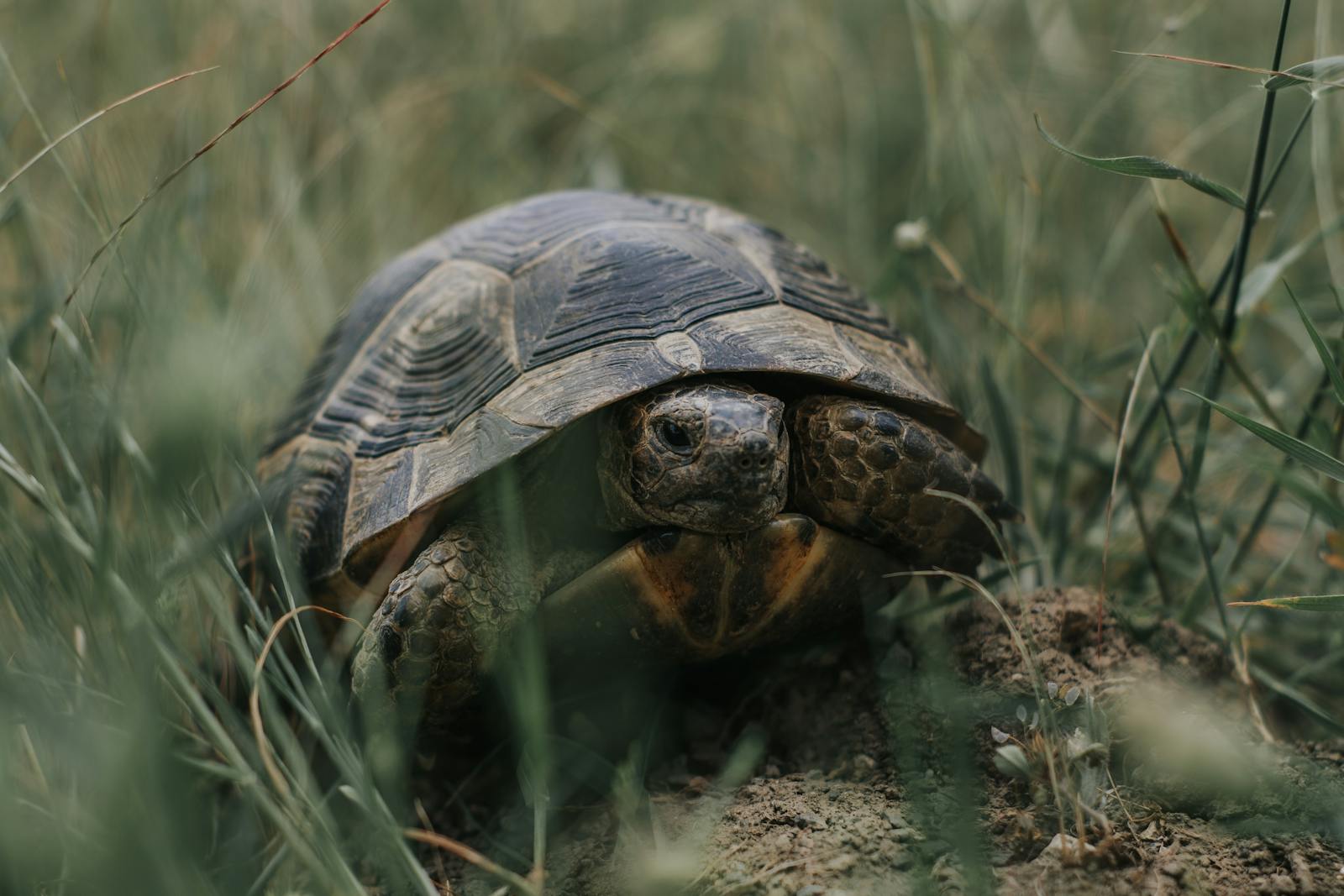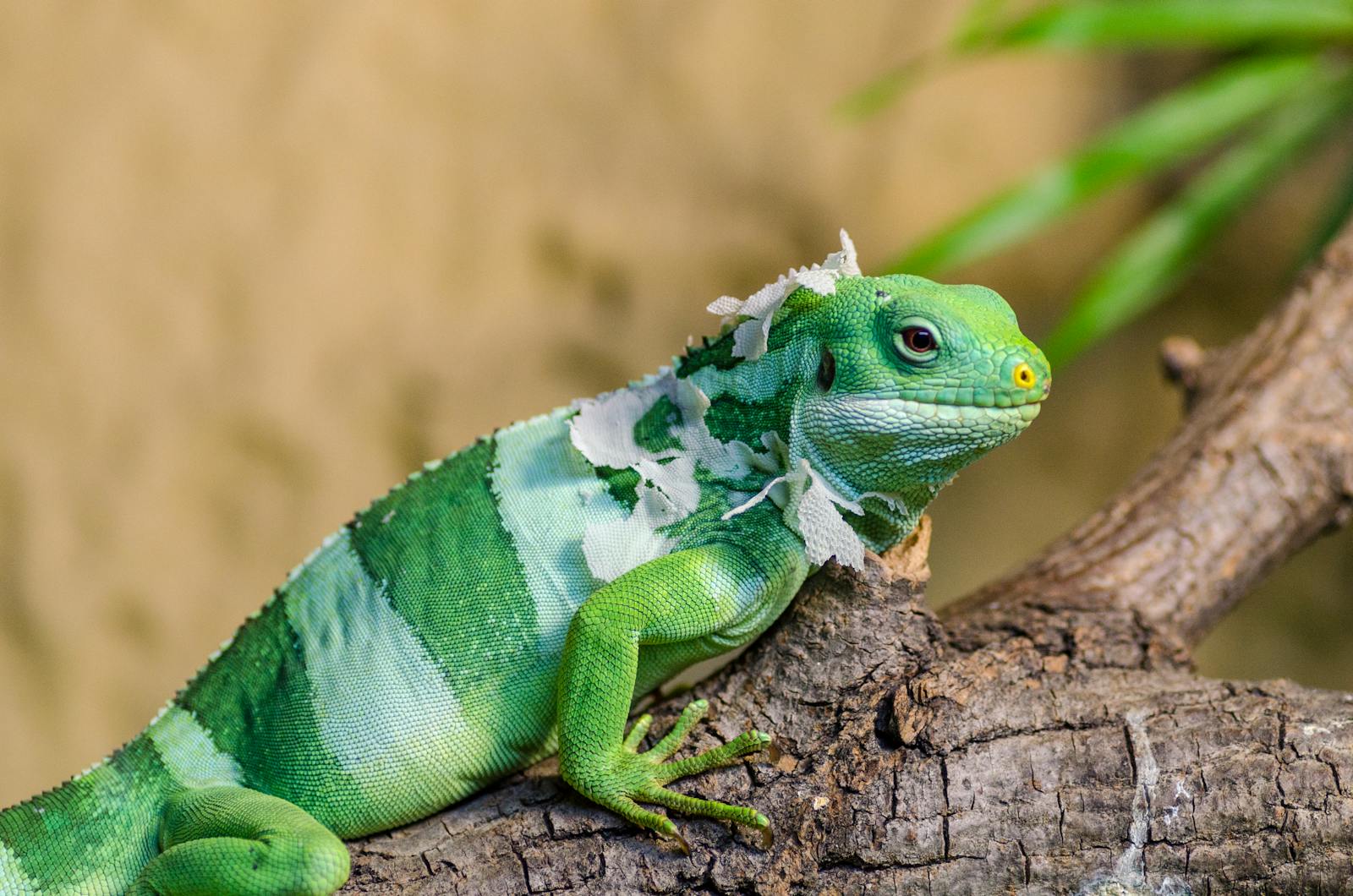When we think about animal longevity, few creatures capture our imagination quite like the tortoise. These remarkable reptiles defy time in ways that seem almost mythical, with several species capable of outliving multiple human generations. Among the most fascinating aspects of tortoise biology is their extraordinary lifespan potential in captivity, where some individuals have surpassed the century mark. These living relics carry with them the history of bygone eras, silently observing the world change around them while they continue their unhurried journey through time. For those fascinated by exceptional animals and the mysteries of longevity, the centenarian tortoise represents one of nature’s most impressive achievements in the art of survival.
Understanding Tortoise Longevity

The remarkable lifespan of tortoises is attributed to their extraordinarily slow metabolic rates, which affect everything from their digestion to their cellular aging processes. Unlike mammals, which typically burn energy at high rates, tortoises operate on a biological timeline that unfolds with exceptional slowness. Their cells experience oxidative damage at reduced rates compared to shorter-lived animals, and they possess impressive DNA repair mechanisms that maintain genetic integrity over decades. Additionally, the tortoise’s evolutionary strategy favors investing energy in maintenance and survival rather than rapid reproduction, creating a biological foundation for exceptional longevity. This slow-and-steady approach to life means that with proper care in captivity, where predators and environmental hazards are eliminated, these creatures can realize their full lifespan potential.
The Aldabra Giant Tortoise: A Centenarian Champion

Among the longest-lived tortoise species, the Aldabra giant tortoise (Aldabrachelys gigantea) stands out as an extraordinary example of longevity. Native to the Aldabra Atoll in the Seychelles, these massive reptiles regularly surpass 100 years in captivity, with some documented individuals reaching 150 years or more. The most famous Aldabra tortoise was Adwaita, who reportedly lived to the astonishing age of approximately 255 years before his death in 2006 at the Alipore Zoological Gardens in Kolkata, India. These tortoises can weigh over 500 pounds and develop distinctive dome-shaped carapaces that contribute to their iconic appearance. Their documented lifespan in properly maintained captive environments makes them living bridges to historical periods long past, with individuals alive today who hatched during the Victorian era.
Galápagos Tortoises: Icons of Longevity
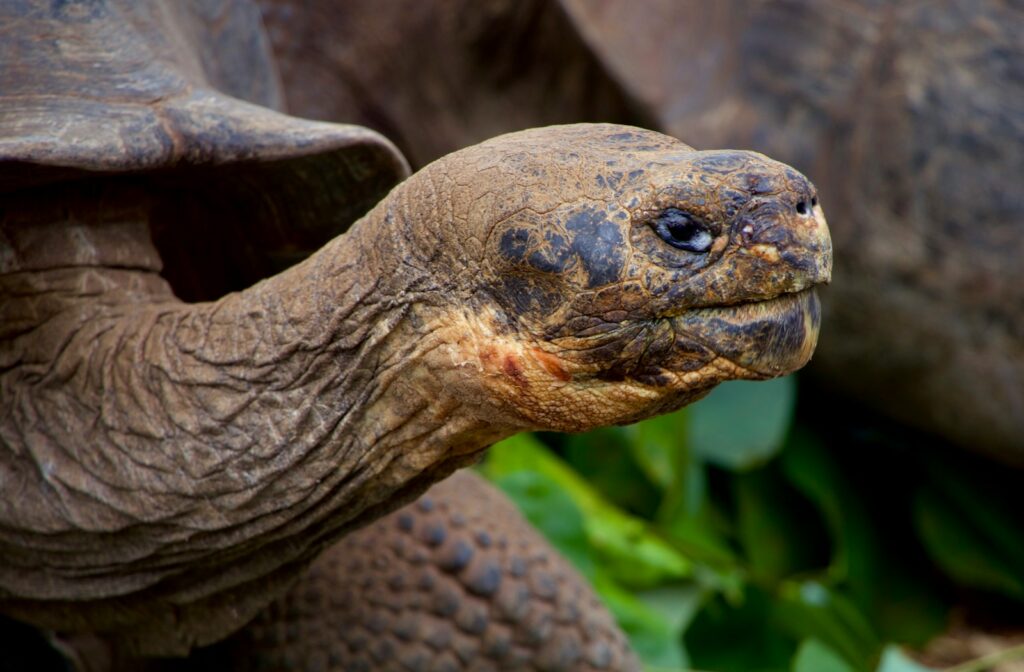
The Galápagos tortoise (Chelonoidis nigra complex), forever associated with Charles Darwin’s revolutionary scientific work, represents another pinnacle of tortoise longevity. These giant tortoises, with their distinctive saddle-shaped or domed carapaces depending on their island of origin, regularly live beyond 100 years in captivity. Harriet, a famous Galápagos tortoise who resided at Australia Zoo until her death in 2006, was estimated to be approximately 175 years old and was reportedly collected by Darwin himself in 1835. Today, several centenarian Galápagos tortoises live in zoos and conservation facilities worldwide, serving as ambassadors for their endangered wild relatives. Their extraordinary genetic makeup allows them to resist many diseases and degenerative conditions that limit the lifespans of other vertebrates, making them subjects of intense scientific interest in longevity research.
The Mediterranean Spur-Thighed Tortoise: A Century in Your Garden
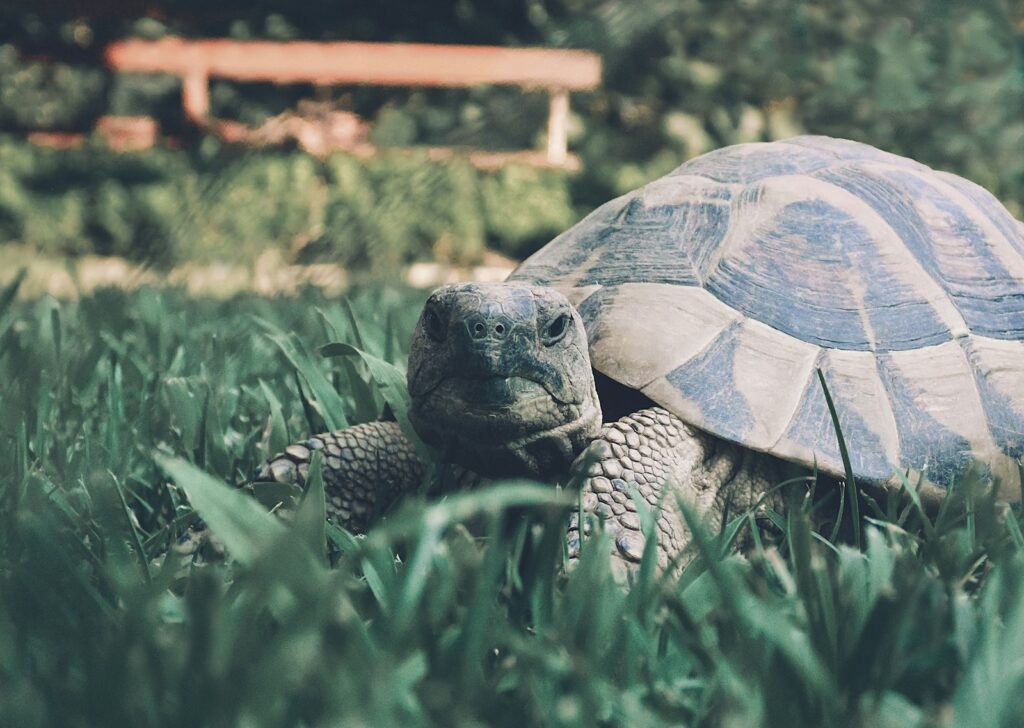
More accessible to private keepers than giant species, the Mediterranean spur-thighed tortoise (Testudo graeca) represents one of the most commonly kept species capable of extraordinary longevity. These medium-sized tortoises frequently reach 80-100 years in captivity when provided with optimal care, with some individuals documented to exceed 120 years. Their manageable size—typically 8-10 inches for females and slightly smaller for males—makes them suitable for dedicated private keepers with appropriate outdoor enclosures. A particularly famous specimen named Timothy lived to approximately 165 years, spending his final decades as a ship’s mascot for the Royal Navy before retiring to Powderham Castle in England. Their potential for centenarian status means that keeping such a tortoise often becomes a multi-generational family commitment, with animals frequently outliving their original keepers.
Hermann’s Tortoise: The European Centenarian

Hermann’s tortoise (Testudo hermanni) represents another Mediterranean species renowned for exceptional longevity in captivity. With proper husbandry, these attractive tortoises with their distinctive black and yellow carapace patterns regularly reach 70-90 years, with well-documented cases exceeding 100 years. They possess a remarkable resistance to many common reptile ailments when maintained in appropriate conditions, contributing to their longevity potential. The western subspecies (T. h. hermanni) tends to live longer than the eastern variety, with several individuals in European collections having documented histories spanning over a century. Their hardiness and beautiful appearance have made them popular in captivity for generations, though wild populations now face significant conservation challenges due to habitat loss and collection for the pet trade.
Russian Tortoises: Small Package, Long Life

The Russian tortoise (Testudo horsfieldii), also known as the Central Asian tortoise, demonstrates that exceptional longevity isn’t limited to larger species. Despite their modest size rarely exceeding 8-10 inches, these hardy creatures regularly reach 50-75 years in captivity, with exceptional individuals documented living beyond 100 years. Their compact dimensions and adaptation to harsh continental climates make them remarkably resilient when properly maintained in captivity. These tortoises have evolved to survive extreme temperature variations and limited food availability in their native range across Central Asia, adaptations that translate to impressive longevity potential when given consistent care. Their relatively small size compared to other centenarian species has made them popular in captivity, though potential owners should still recognize the multi-generational commitment involved.
Optimal Habitat Requirements for Centenarian Tortoises

Creating an environment conducive to extreme longevity requires meticulous attention to habitat design that mimics natural conditions. Outdoor enclosures with exposure to natural sunlight provide essential UVB radiation necessary for vitamin D synthesis and calcium metabolism, preventing the metabolic bone disease that can dramatically shorten lifespan. Temperature gradients must allow for natural thermoregulation, with both basking areas reaching 95-100°F and cooler retreats where tortoises can prevent overheating. Substrate choices should permit natural behaviors like digging and burrowing, with areas of compacted soil, sand mixtures, and leaf litter creating microhabitat diversity. For species requiring winter dormancy (brumation), properly designed hibernation chambers that maintain stable temperatures between 45-55°F are essential for long-term health and may contribute significantly to extending lifespan potential.
Nutritional Foundations of Century-Long Lives

Proper nutrition stands as perhaps the single most important factor in achieving exceptional tortoise longevity in captivity. Most long-lived species require a high-fiber, low-protein diet focused primarily on appropriate leafy greens, grasses, and weeds that provide the calcium-to-phosphorus ratio essential for shell and skeletal health. Excessive protein, particularly animal protein, can accelerate growth at the expense of shell development and organ function, potentially reducing lifespan by decades. Variety remains crucial, with seasonal rotations of dandelion, plantain, chicory, endive, escarole, mulberry leaves, and specific tortoise-safe grasses forming the dietary foundation. Supplementation with calcium and vitamin D3 (for indoor individuals) helps prevent metabolic bone disease, while limited treats of appropriate fruits (for Mediterranean species) provide enrichment without compromising health.
Healthcare Practices for Extreme Longevity
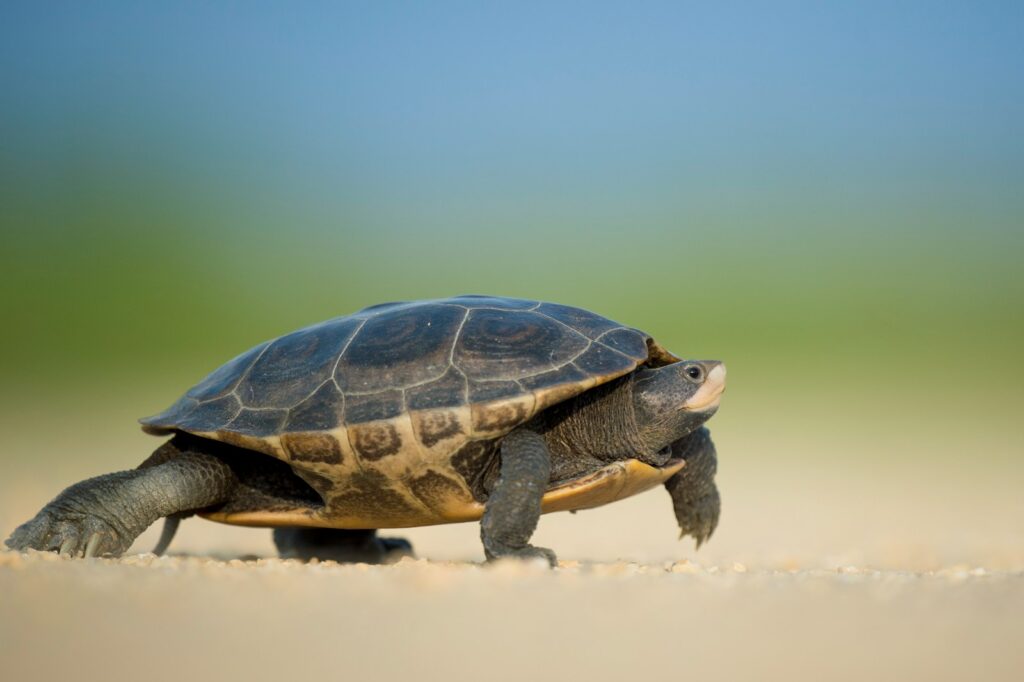
Preventative healthcare represents a cornerstone of managing tortoises for potential century-long lifespans. Annual veterinary examinations by reptile specialists should include physical assessment, weight monitoring, and fecal parasite screenings to catch potential issues before they become life-limiting problems. Maintaining detailed records of growth rates, activity patterns, and eating habits allows for early intervention when deviations occur. Proper quarantine protocols for new specimens help prevent the introduction of pathogens that could affect established collections. Particular attention must be paid to respiratory health, as chronic respiratory infections represent one of the most common life-shortening conditions in captive chelonians. Shell injuries require immediate professional attention, as seemingly minor damage can lead to systemic infections that compromise longevity if left untreated.
The Critical Role of Brumation in Lifespan

For many temperate species capable of century-long lifespans, proper brumation (reptilian hibernation) plays a vital role in achieving their full longevity potential. This winter dormancy period allows for hormonal regulation, reproductive cycling, and metabolic reset that may contribute significantly to cellular maintenance and longevity. Proper preparation includes gradual temperature reduction, cessation of feeding 3-4 weeks before dormancy, and ensuring optimal hydration prior to the brumation period. The hibernation chamber must maintain stable temperatures typically between 45-55°F (7-13°C) depending on species, while avoiding freezing conditions or excessive warmth that could trigger premature awakening. Monitoring weight before and after brumation helps assess whether the tortoise is maintaining appropriate condition through the dormancy period, with excessive weight loss potentially indicating health issues requiring veterinary intervention.
Ethical Considerations of Century-Long Commitments

The extraordinary longevity potential of certain tortoise species raises profound ethical questions about the responsibilities of keeping animals that will likely outlive their caretakers. Prospective owners must develop comprehensive succession plans that ensure continued care after their own passing, often involving family members, dedicated institutions, or specialized sanctuaries. Documentation of care protocols, dietary requirements, and medical history becomes essential for ensuring continuity across generations of caretakers. Some keepers establish trust funds or make provisions in their wills specifically for the continued care of their long-lived reptiles. The multi-generational commitment inherent in keeping potential centenarians necessitates conversations with family members who may inherit these responsibilities, ensuring they understand and accept the decades of care that lie ahead.
Scientific Research on Tortoise Longevity
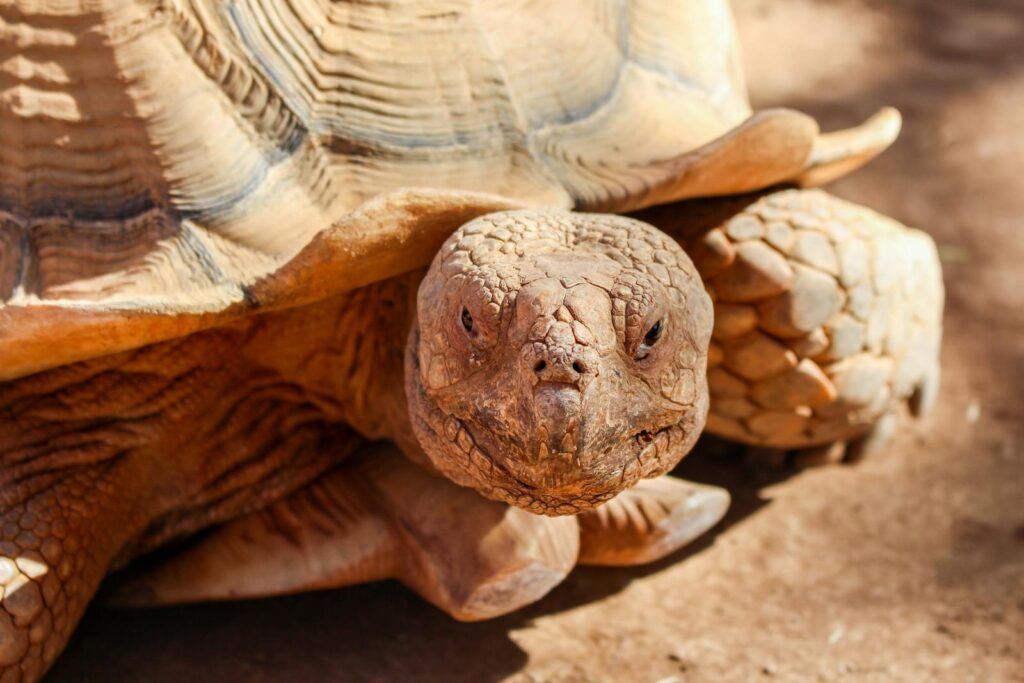
The exceptional lifespan of certain tortoise species has made them subjects of significant scientific interest in the field of aging research. Studies examining their cellular resistance to oxidative damage, telomere maintenance, and gene expression patterns provide valuable insights into the biological mechanisms of aging across species. Researchers have identified unique adaptations in tortoise DNA repair mechanisms that may contribute to their extraordinary resistance to cancer and other age-related diseases. Comparative genomic studies between short-lived and long-lived tortoise species help isolate genetic factors specifically associated with extended longevity. The slow aging rate of tortoises provides a unique window into senescence processes that occur too quickly to study effectively in shorter-lived research animals, potentially contributing to breakthroughs in understanding human aging and age-related diseases.
Conservation Implications of Centennial Species
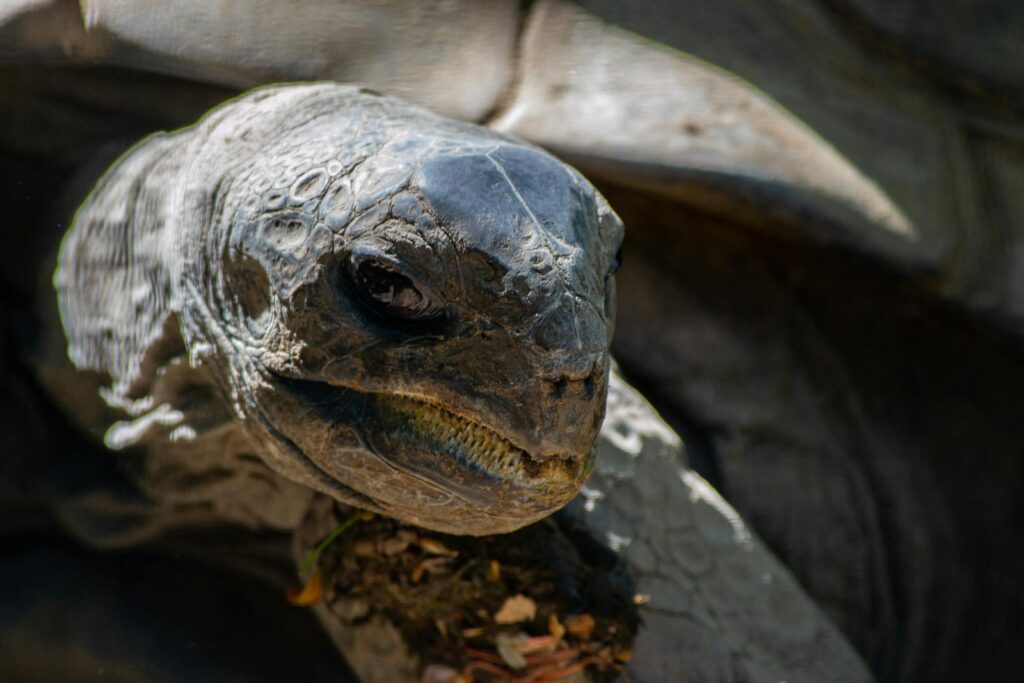
The extraordinary longevity of certain tortoise species creates both challenges and opportunities for conservation efforts. Their slow reproductive rate and delayed sexual maturity—sometimes taking 20-30 years to reach breeding age—makes wild populations extremely vulnerable to overexploitation and habitat loss. However, the potential century-long reproductive lifespan of females means that protected individuals can contribute to population recovery over exceptionally long timeframes. Conservation breeding programs benefit from the extended reproductive window, allowing genetic management across decades rather than the limited breeding seasons of shorter-lived species. Well-documented centenarian specimens in captivity often serve as ambassadors for their wild counterparts, raising awareness and support for conservation initiatives that protect wild populations and their habitats.
Preparing for a Lifetime (or More) of Care
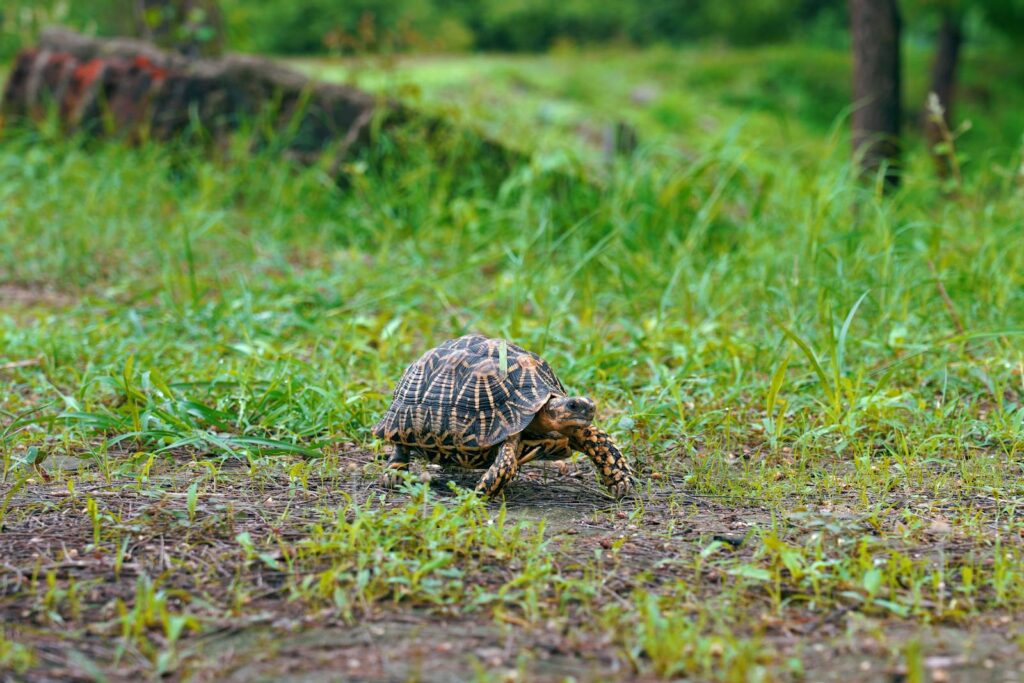
The commitment to keeping a potentially century-living tortoise requires preparation far beyond that of conventional pets. Financial planning must account for decades of specialized care, including outdoor enclosure maintenance, veterinary expenses, and potential facility modifications as the animal grows. Documentation systems tracking growth rates, health events, and behavioral patterns become invaluable when care transitions between individuals or generations. Creating relationships with specialized veterinarians, experienced keepers, and reptile conservation organizations builds a support network that can provide guidance throughout the tortoise’s extended lifespan. Educational resources like species-specific care manuals, detailed dietary requirements, and environmental parameters should be compiled and preserved for future caretakers who will continue the stewardship of these remarkable creatures long after the original keeper is gone.
Conclusion

The extraordinary tortoises capable of living beyond 100 years in captivity represent some of nature’s most remarkable achievements in longevity. Their slow metabolism, efficient cellular repair mechanisms, and evolutionary adaptations have created animals that measure their lives in centuries rather than years. For those privileged to care for these living time capsules, the responsibility extends far beyond their own lifetimes, creating connections between generations of both humans and tortoises. As both scientific subjects and beloved companions, centenarian tortoises remind us of the remarkable diversity of life histories on our planet and offer a unique perspective on time itself—one measured not in the frantic pace of human years, but in the deliberate, unhurried steps of creatures built to endure.

